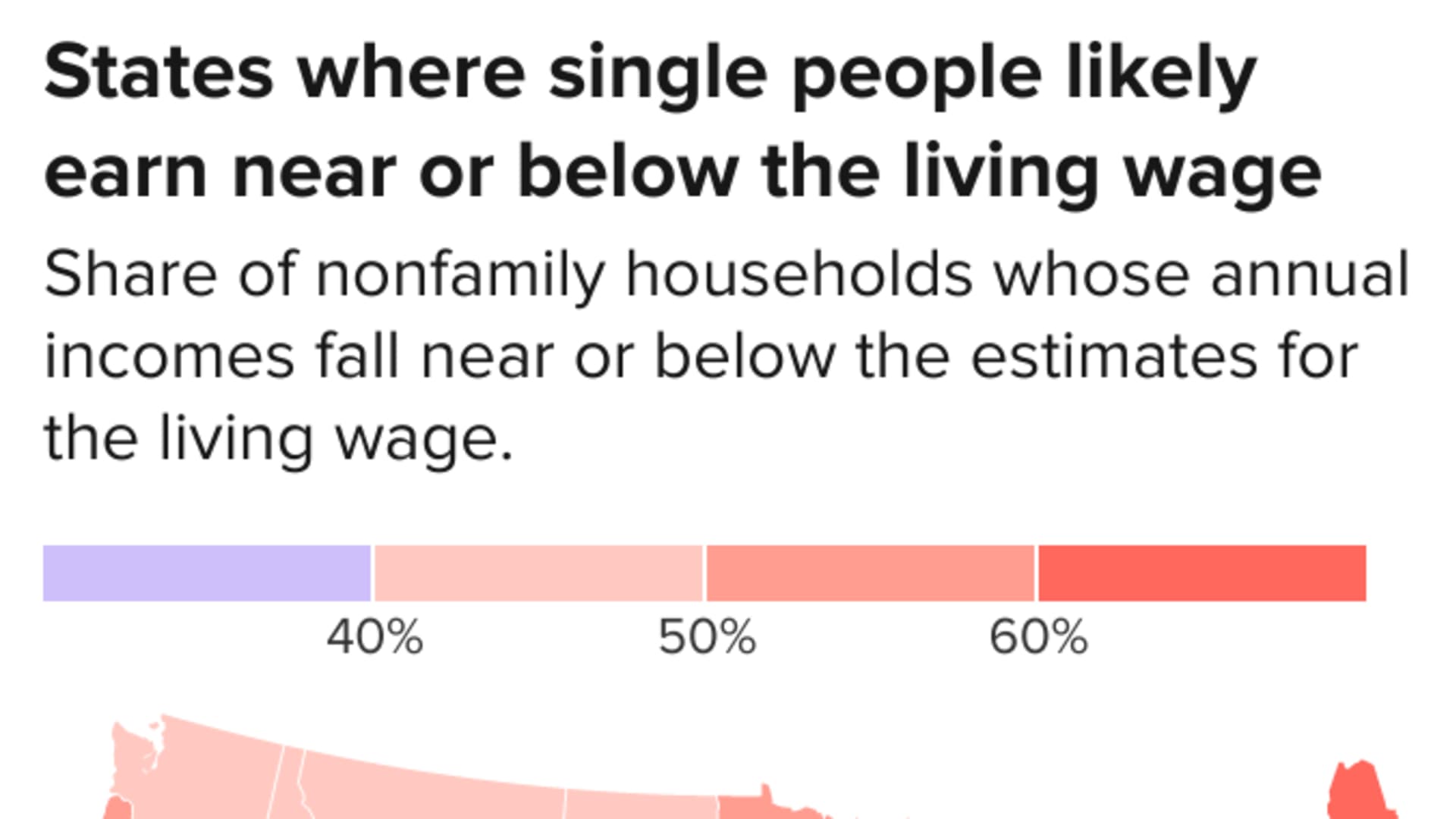
Low-wage workers made gains in the last few years.
Workers in the 10th percentile, that is those making less than 90% of everyone else, saw real wages (or those adjusted for inflation) grow 9% between 2019 and 2022, according to a recent report by the Economic Policy Institute. They earned $12.57 per hour in 2022, or $26,145 annually. It's the biggest hike they've seen in decades as measured by business cycles, which are periods of economic growth followed by a contraction and possible recession.
"This finding really popped out at me that low wage workers saw this tremendously fast wage growth over the last three years," says Elise Gould, senior economist at EPI and co-author of the report. That's after "the bottom really dropped out of the labor market" during the pandemic, especially when it comes to many low-paid jobs.
Here are a few factors that led to this unprecedented growth and whether or not it could continue.
Get New England news, weather forecasts and entertainment stories to your inbox. Sign up for NECN newsletters.
Workers had more financial security and freedom
To begin with, when the pandemic first hit in 2020, policymakers immediately implemented measures to soften the blow for the millions who lost their jobs. Provisions included multiple economic impact payments for sums up to $1,400, enhanced and extended unemployment benefits and a child tax credit. These were especially crucial for those in low wage industries like leisure hospitality that were hit the hardest.
Ultimately, these afforded some short-lived financial security that gave workers "a minute to think about what it is that they wanted when those jobs came back," says Gould. It meant "they weren't as economically desperate" to take just any job and settle for previous arrangements. When jobs eventually did come back, workers looked for the best offers they could find, and otherwise "demanded more."
Money Report
Historically low unemployment numbers in the last year have also meant employers had to continue raising wages and sweetening their offers to get talent in the door.
The pool of applicants was smaller
The pool of workers seeking out low-wage jobs also got smaller during the pandemic, giving those remaining more leverage.
When jobs came back and employers needed to fill positions even above the 10th percentile, many "waived the industry experience requirement or college credential requirements" for their roles, says Sinem Buber, lead economist at ZipRecruiter. This opened up new opportunities for people who might not have been eligible for them before.
Additionally, jobs in fields like the care industry, such as those in assisted living facilities, are often filled by immigrants. But immigration was halted during the pandemic, making competition for talent in these jobs even higher and forcing employers to hike rates.
These gains likely won't continue
These wage gains are not likely to continue in the near future, say experts. Job growth is slowing, which means less competition for workers. "That wage growth is going to diminish," says Buber.
That's not to say employers are going to lower existing wages. They simply won't raise them if they don't need to. And whatever gains have been made, "it's possible that they will get eaten up by inflation," says Gould. The consumer price index, which measures inflation, went up 6% in February 2023 as compared to February 2022. It's expected to slow in the coming year, but $12.57 already doesn't cover the living expenses of most Americans.

On average, the lowest living wage for a single person with no dependents in the U.S. is between $15 and $16 per hour, according to MIT's Living Wage Calculator.
The situation is "better than it was," says Gould. But "it's still not great."
Take this survey and tell us how you want to take your money and career to the next level.
DON'T MISS: Want to be smarter and more successful with your money, work & life? Sign up for our new newsletter!
Check out:
Minimum wages are going up, but typical workers still don't make enough to get by in any U.S. state
U.S. unemployment just hit its lowest rate since 1969—economists aren't optimistic it'll last
In the U.S., you can legally 'be fired for any reason or no reason at all'—here's why






